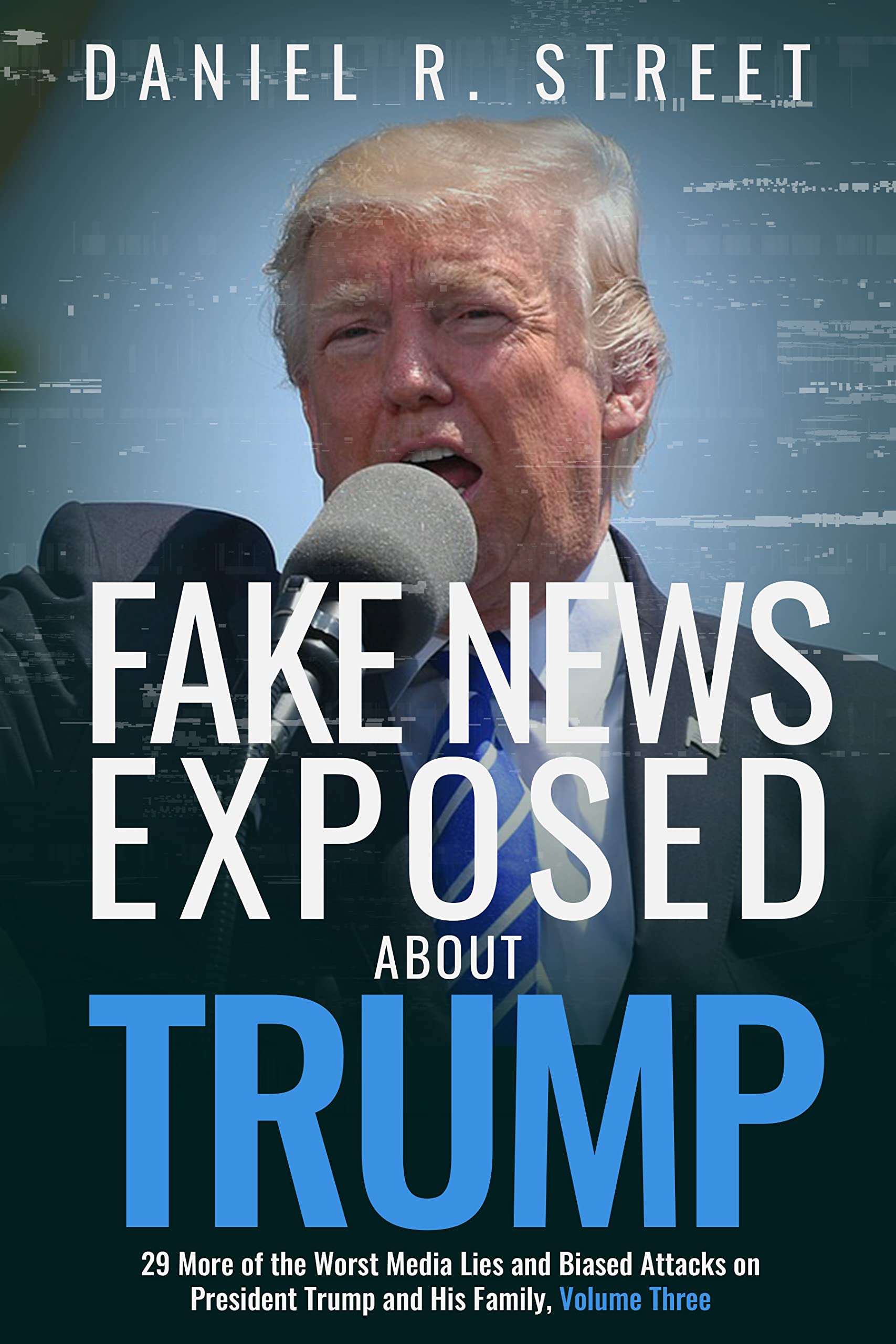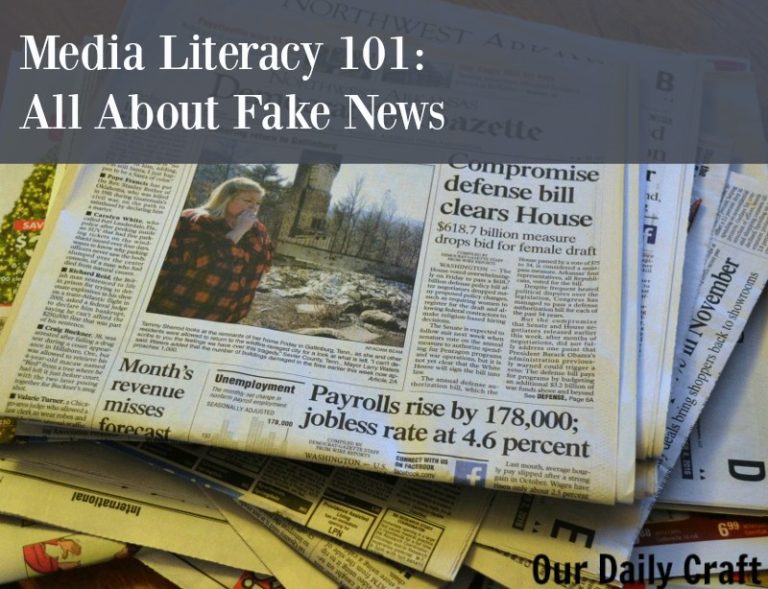

The Five Biggest Myths Peddled About Donald Trump: A Deep Dive into Media Narratives
Donald Trump’s presidency, and his post-presidency activities, have been the subject of intense media scrutiny. While robust criticism is vital in a healthy democracy, a critical eye must also be cast upon the narratives themselves. This article explores five prominent claims frequently repeated about Trump, examining their basis and highlighting potential discrepancies. We aim to present a balanced perspective, encouraging readers to form their own informed opinions.
1. The “Russia Collusion” Myth:
Perhaps the most pervasive narrative surrounding Trump’s presidency was the allegation of collusion with Russia to influence the 2016 election. This claim, fueled by initial reports and investigations, dominated headlines for years. While the Mueller Report found evidence of Russian interference, it did not establish sufficient evidence to conclude a criminal conspiracy between the Trump campaign and the Russian government. This distinction – often blurred in media coverage – is crucial. Numerous investigations, including the Durham report, have cast further doubt on the initial claims, raising questions about the sources and motivations behind the original narrative.
Table 1: Key Findings of Relevant Investigations
| Investigation | Key Finding |
|---|---|
| Mueller Report | Russian interference confirmed, no conspiracy proven |
| Durham Report | Investigative flaws and potential bias highlighted |
2. The “Unstable and Unhinged” Persona:
Media portrayals frequently characterized Trump as erratic, unpredictable, and emotionally unstable. While his communication style was undeniably unconventional, characterizing him solely through this lens risks overlooking policy achievements and specific political actions. Critics often conflated his rhetoric with inherent instability, neglecting the strategic use of inflammatory language as a political tool. A nuanced understanding requires separating the style from the substance of his decisions and actions.
3. The “Racist” Label:
Accusations of racism have consistently dogged Trump’s political career. While certain statements and policies undoubtedly sparked controversy and fueled such claims, a thorough analysis requires careful contextualization. Examining the specific instances, their intent, and their impact on different communities is vital to avoid a simplistic and potentially misleading conclusion. One needs to avoid conflating harsh rhetoric with inherent prejudice.
4. The “Economic Disaster” Narrative:
The portrayal of Trump’s economic policies as disastrous often hinges on specific metrics and interpretations. While certain indicators experienced negative trends during his tenure, others showed significant growth. A comprehensive evaluation needs to consider the complex interplay of global factors, pre-existing trends, and the specific timing of implemented policies. Focusing solely on negative data points while neglecting positive ones creates a skewed picture.
5. The “Insurrectionist” Accusation:
The events of January 6th, 2021, remain a deeply divisive topic. While Trump’s rhetoric undoubtedly contributed to the climate leading up to the events, the question of direct culpability in inciting the violence remains highly contested. Differing legal interpretations and analyses of his statements highlight the complexities of assigning direct responsibility for the actions of a large and diverse group of individuals. The narrative needs to acknowledge the complexities and differing perspectives before reaching a final verdict.
Conclusion:
The media’s portrayal of Donald Trump is far from monolithic. Understanding the nuances requires critical engagement with the presented narratives, examining the evidence, acknowledging differing interpretations, and recognizing the potential biases inherent in any reporting. By adopting a more discerning approach, readers can navigate the complexities of political discourse and form their own informed opinions, avoiding the pitfalls of simplistic and potentially misleading narratives.

Additional Information
The statement “The 5 Biggest Lies the Fake News Media is Telling You About Trump” presupposes a pre-existing article outlining five specific claims. To provide a comprehensive analysis, I need the content of that original article. However, I can offer a framework for analyzing such claims, focusing on methods used to identify potential misinformation and bias. This framework can then be applied to the specific lies mentioned in the hypothetical article.
Analyzing Alleged Misinformation about Trump (or any public figure):
The analysis of claims about Donald Trump (or any public figure) requires a multi-faceted approach, considering the source, evidence presented, context, and potential biases. Here’s a breakdown:
1. Source Credibility and Bias:
- Identify the source: Is it a reputable news organization with established fact-checking processes (e.g., Associated Press, Reuters, BBC)? Or is it a partisan blog, social media post, or website known for spreading misinformation? The source’s history and track record are crucial.
- Examine the source’s funding and affiliations: Is the source funded by organizations with a known political agenda? This can influence the information presented.
- Look for potential conflicts of interest: Does the source have any financial or personal stake in the narrative they are presenting?
2. Evidence Evaluation:
- Type of evidence: Is the evidence presented anecdotal, statistical, or based on expert testimony? Statistical evidence should be scrutinized for methodology and potential biases in sampling or data collection. Expert testimony needs to be evaluated based on the expert’s credentials and potential conflicts of interest. Anecdotal evidence is generally the weakest form of support.
- Source of evidence: Where did the evidence originate? Can it be independently verified? Is it primary source material (e.g., court documents, official reports) or secondary source interpretation?
- Contextualization: Is the evidence presented in a misleading or out-of-context manner? Manipulating the timing or framing of events can drastically alter their interpretation.
3. Logical Fallacies and Rhetorical Devices:
- Identify logical fallacies: Does the claim rely on ad hominem attacks, straw man arguments, appeals to emotion, or other logical fallacies?
- Analyze rhetorical techniques: Is the language used designed to evoke strong emotional responses rather than present objective facts? Are loaded words or emotionally charged phrases employed?
4. Fact-Checking and Cross-Referencing:
- Consult reputable fact-checking organizations: Websites like FactCheck.org, PolitiFact, and Snopes offer independent assessments of claims.
- Cross-reference information: Compare the information presented with reports from multiple reputable news sources. Discrepancies should raise red flags.
5. Considering Alternative Explanations:
- Are there alternative interpretations of the evidence? A balanced analysis should acknowledge different perspectives and interpretations, provided they are supported by credible evidence.
Applying this framework:
To effectively analyze the “5 Biggest Lies” article, we need the specific claims it makes. For each claim, we would systematically apply the above framework, examining the source, evaluating the evidence, identifying potential biases and fallacies, and cross-referencing information with reputable sources. This process would allow us to determine the validity of each claim and assess the overall accuracy of the article’s assertions. Without the original article’s content, this analysis remains a framework awaiting application to specific examples.




